High income from new crops
Mrs. Nguyen Thi Gai's household in Dong Thinh village, Bao Dai commune has 3 hectares of rice fields. This area is low-lying, so every year during the rainy season, it is flooded, so in 2018, the family switched to growing taro. She shared: "The new crop put into production has outstanding productivity, higher economic value than before. Thanks to the application of correct care techniques, the taro tubers are large, even, regularly reaching 8-10 tons/acre. Last year, taro was priced well (20-25 thousand VND/kg), and traders came to the fields to buy them as soon as they were unloaded." After 7 months of planting, the family made a profit of 260 million VND.
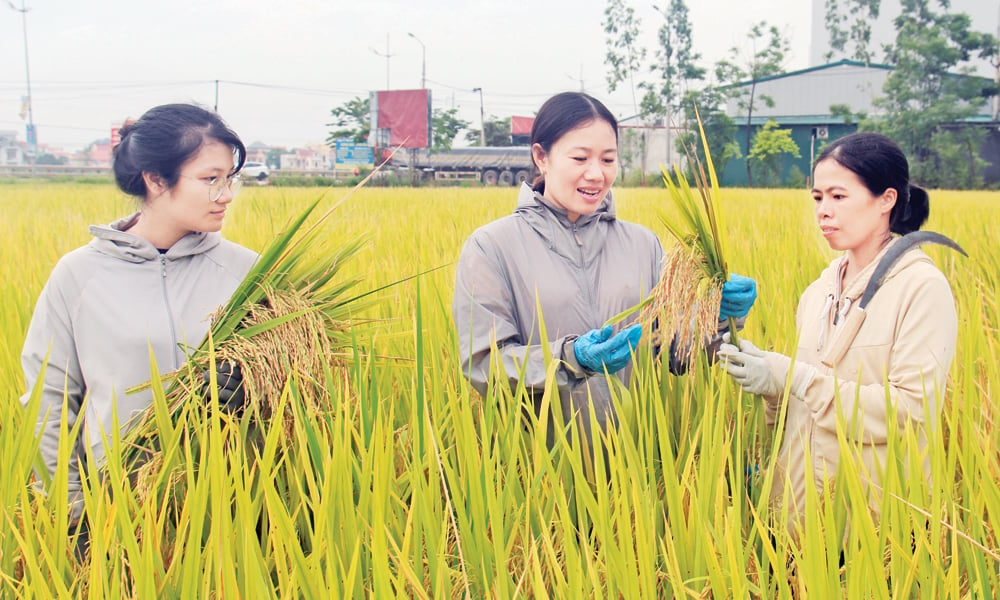 |
Staff of Tan Dinh Center for Research and Testing of Plant Varieties research and create new rice varieties. |
Currently, Ms. Gai's entire field is cultivated with one crop of onions and one crop of potatoes, and the rest is intercropped with wormwood and other vegetables; after deducting expenses, the annual profit is more than 300 million VND. Like Ms. Gai's family, most households with fields in Dong Thinh village have switched from low-yield rice to growing taro, onions, cucumbers and some flowers (peach, lily, gladiolus, dahlia). Since the beginning of the year, many crops have had good harvests and prices, making farmers even more excited.
In Xuan Cam commune, the low-lying fields along the Cau River used to be used for rice and corn cultivation, but now most of the area has been converted to peach cultivation. From only a few small households growing peaches, after 10 years, Xuan Cam has formed a "famous" peach growing area with more than 300 households participating, with a total area of about 30 hectares. Now, each Tet peach crop, many households earn 800 - 900 million VND, many times higher than other crops. In response to the expansion in scale and area of the peach growing area, the People's Committee of Xuan Cam commune has planned the growing area and expanded the traffic routes for traders to bring cars to the place to buy.
| By the end of 2024, the production value/cultivation unit of Bac Giang province will reach 138 million VND/ha/year; Bac Ninh province (old) is 131.3 million VND/ha/year. In many places, specialized areas for growing rice, vegetables, and high-yield fruit trees have been formed, bringing profits from several hundred million to billions of VND/year. |
By the end of 2024, the production value/cultivation unit of Bac Giang province will reach 138 million VND/ha/year; Bac Ninh province (old) is 131.3 million VND/ha/year. In many places, specialized areas for growing rice, vegetables, and high-yield fruit trees have been formed, bringing in profits from several hundred million to billions of VND/year.
Significant contributions to the added value of the agricultural sector are thanks to the active participation of sectors and localities in guiding people to change the structure from low-yield rice cultivation to other crops with higher economic value, making good use of existing land funds. In Bac Giang province, the total area of crop structure conversion on rice-growing land in the period of 2017-2024 is 10 thousand hectares, mainly converted to perennial crops, the rest is grown for annual crops or rice combined with aquaculture. In Bac Ninh province (old), due to limited agricultural land funds, the province always focuses on producing crops with high economic value. In fact, in the low-lying areas of Gia Binh and Luong Tai communes, ineffective rice fields are converted to fruit trees, flowers, ornamental plants, etc.
In general, agricultural products not only meet local consumption but also supply large quantities to neighboring provinces and cities and serve export to many demanding markets such as: Japan, Korea, the United States, EU countries...
Ensure structural balance and compliance with regulations
After the merger of the two provinces, the opportunity to develop a diversified, modern agriculture, promoting its value is increasingly being paid attention to. The differences in terrain and current crop structure will create diversity but also pose a risk of lack of synchronization in planning, making it difficult to control the implementation of conversion if the province does not have a strict management mechanism and policy because in some places, people have arbitrarily planted forestry trees on rice land that is not in accordance with the regulations of the land type.
According to this year's plan, the whole province will convert more than 507 hectares of land specializing in rice cultivation and single-crop rice land to annual crops, perennial crops and rice cultivation combined with aquaculture. Depending on the conditions and land fund of each place, the province will have appropriate conversion directions. In particular, communes such as Son Dong, Yen The, Lang Giang, Xuan Cam... mainly convert from low-yield rice land to perennial crops or rice cultivation combined with aquaculture. Meanwhile, communes of Luong Tai, Gia Binh, Que Vo focus on converting to annual crops.
In Decree No. 112/2024/ND-CP of the Government, from this year, the conversion of crop structure must be based on the principles, in which people are only allowed to convert crop structure from rice land to perennial crops for other rice land; not to convert crop and livestock structure on rice land in the planning area for high-yield and high-quality rice cultivation; must be consistent with the province's plan, not causing pollution, land degradation...
According to Mr. Dang Van Tang, Head of the Department of Cultivation and Plant Protection (Department of Agriculture and Environment), the newly issued regulations impose higher responsibilities in state management for the industry and localities. On the other hand, when the two provinces merge, the area will be expanded, potential and advantages will also be enhanced, so it is necessary to have a strategy to develop a sustainable agricultural sector, exploit the existing land fund well and at the same time expand new production models applying high technology. The industry will research, review and update the agricultural land use planning in the whole Bac Ninh province, thereby advising on the construction of a map of specialized crop areas, zoning for specialized forestry, fruit trees, food crops, short-term industrial crops, medicinal plants and vegetables. For example, the Northwest region of the province continues to build specialized areas for lychee, orange, grapefruit, passion fruit, longan, and grapes - aiming for export.
The plain along the Duong River expands the area of high-quality rice, safe vegetables, and organic vegetables. Wards and communes with great potential such as Que Vo and Tien Du develop flowers, ornamental plants (orchids, chrysanthemums, sunflowers, etc.), medicinal herbs (ginger, turmeric, polygonum multiflorum) combined with rural tourism and traditional craft villages. Continue to pay attention to promoting regional linkage activities and value chains from production to processing and consumption. Pay attention to planning agricultural land use in each region. Prioritize expanding the area of concentrated safe vegetable cultivation, flower cultivation, developing high-tech agricultural models, and ornamental plant cultivation.
Source: https://baobacninhtv.vn/chuyen-doi-co-cau-cay-trong-khai-thac-loi-the-nang-cao-hieu-qua-postid421416.bbg



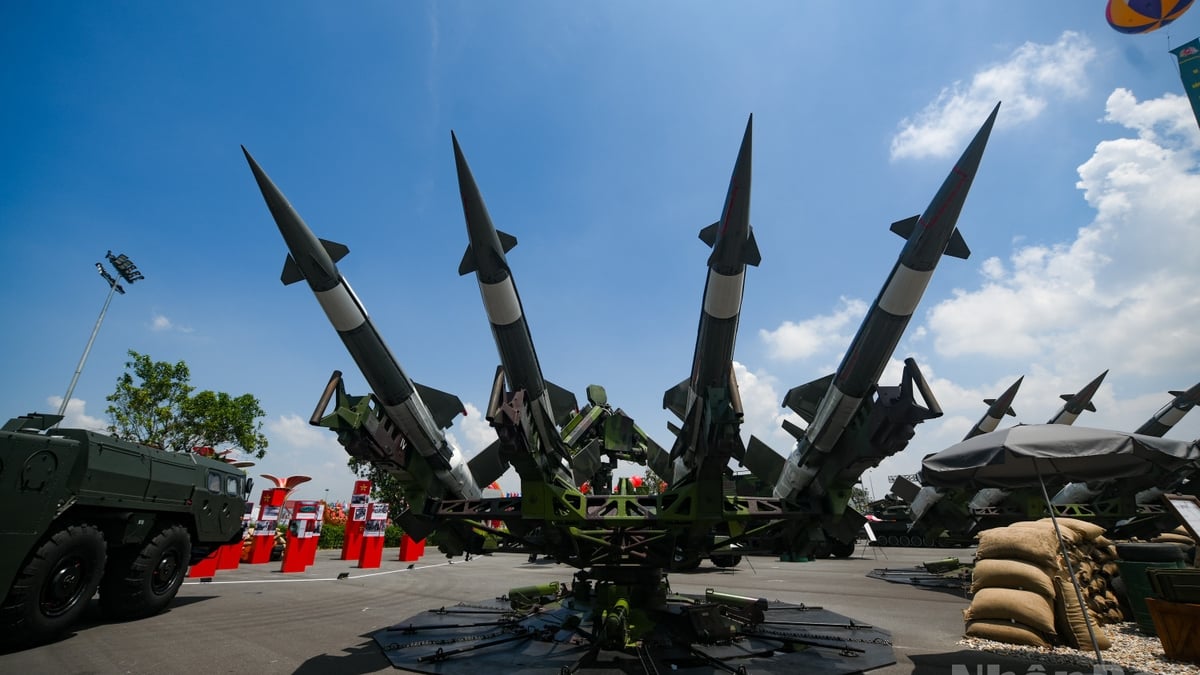
![[Photo] President Luong Cuong receives Speaker of the New Zealand Parliament Gerry Brownlee](https://vphoto.vietnam.vn/thumb/1200x675/vietnam/resource/IMAGE/2025/8/29/7accfe1f5d85485da58b0a61d35dc10f)
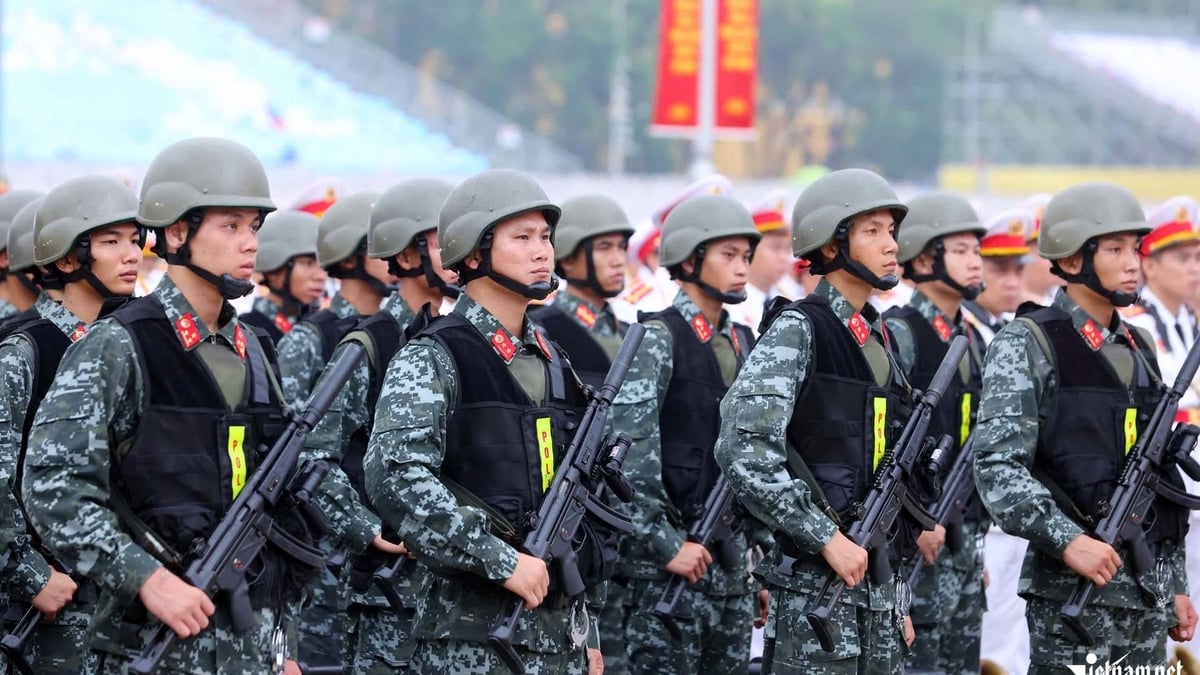


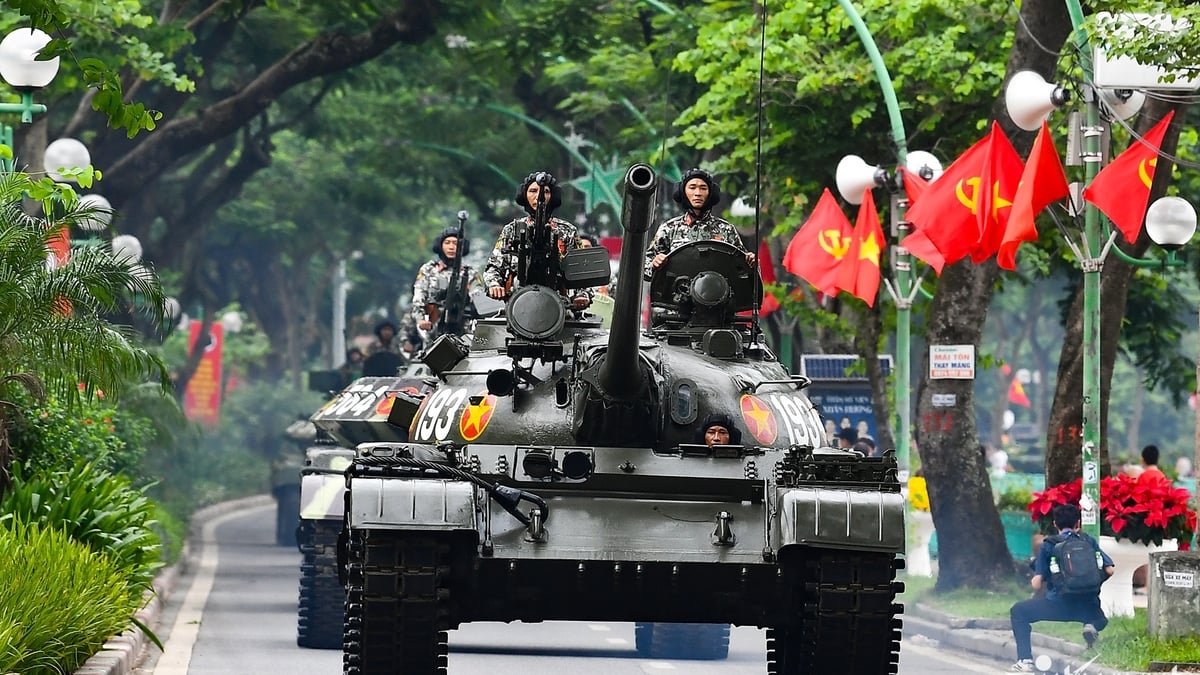
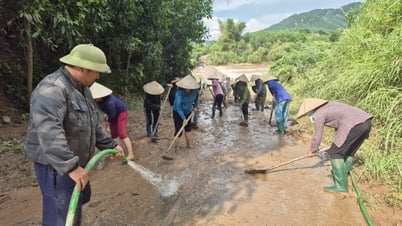






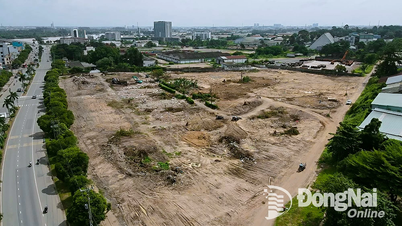

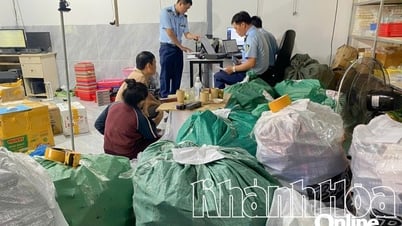

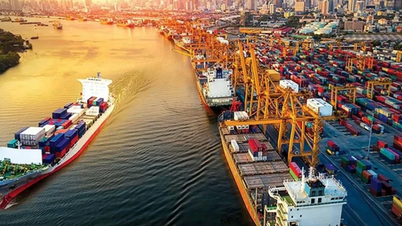

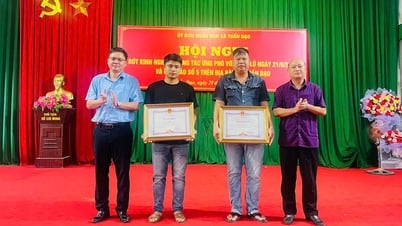
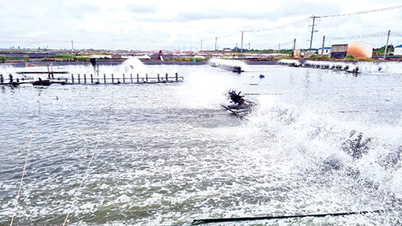

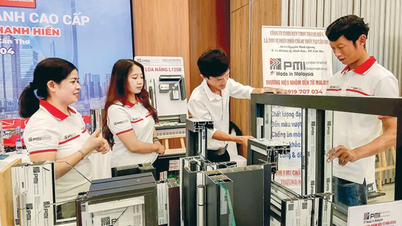





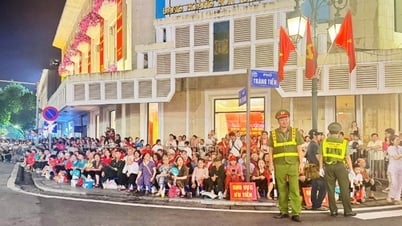
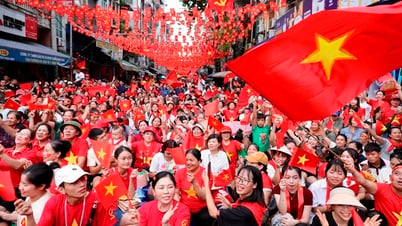
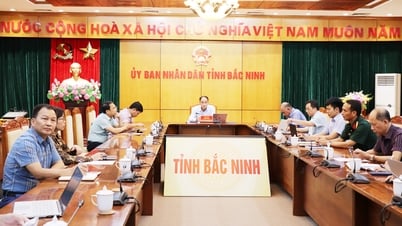
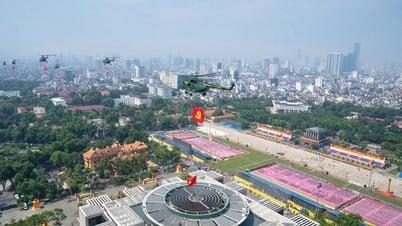
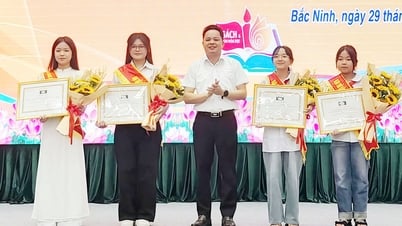
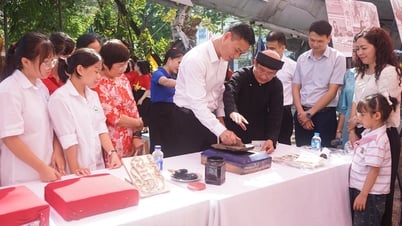
![[Photo] Hanoi is ready to serve the occasion of the 80th National Day Celebration on September 2nd](https://vphoto.vietnam.vn/thumb/1200x675/vietnam/resource/IMAGE/2025/8/29/c838ac82931a4ab9ba58119b5e2c5ffe)
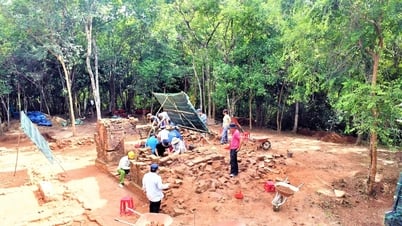



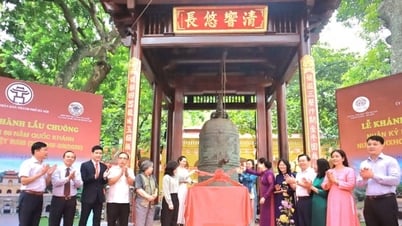



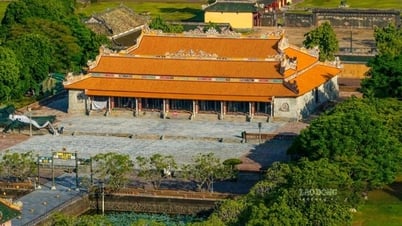
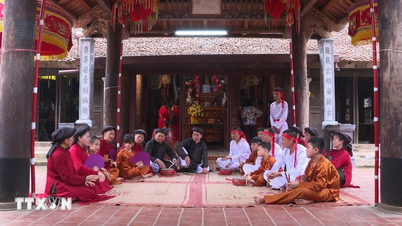

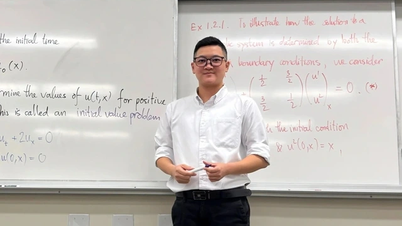

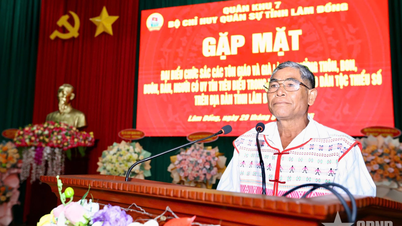

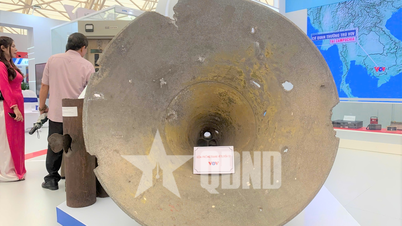

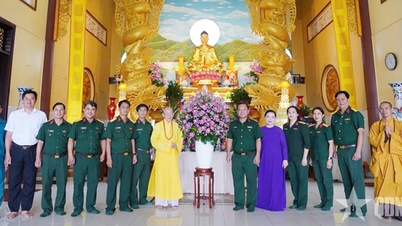
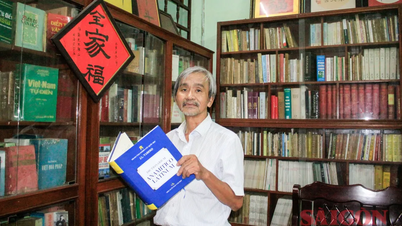




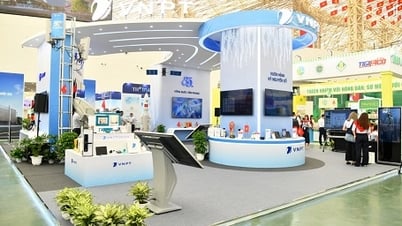
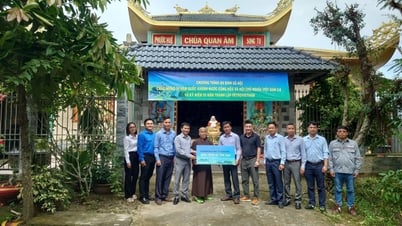
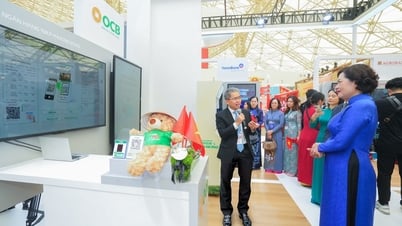

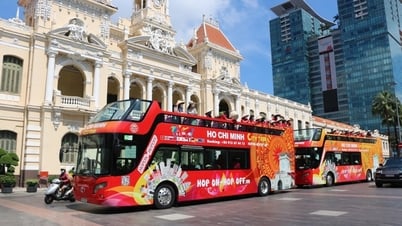



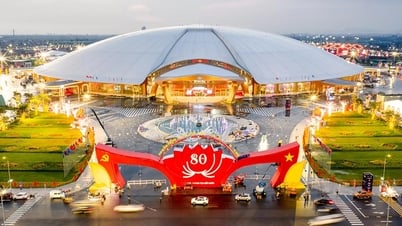
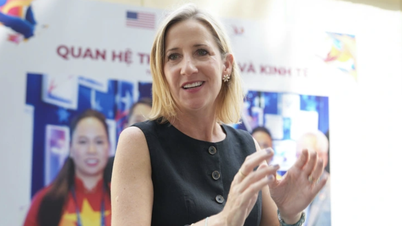

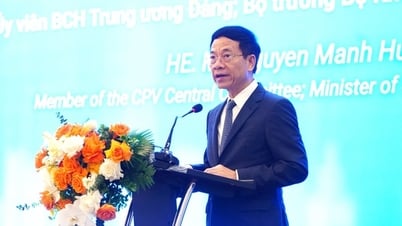

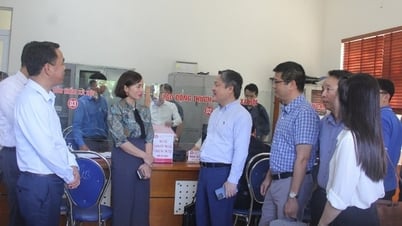



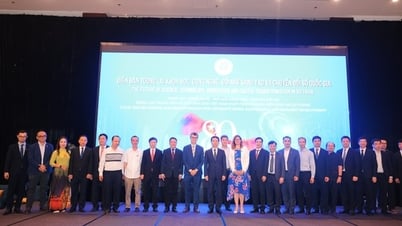
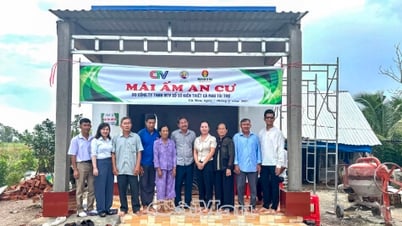

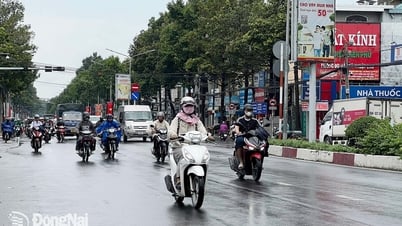


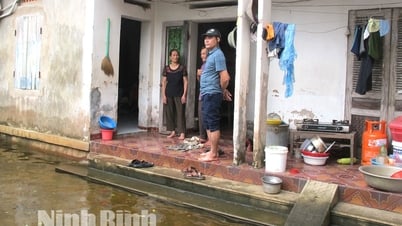







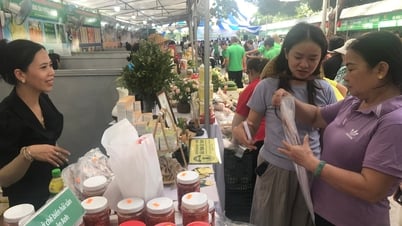




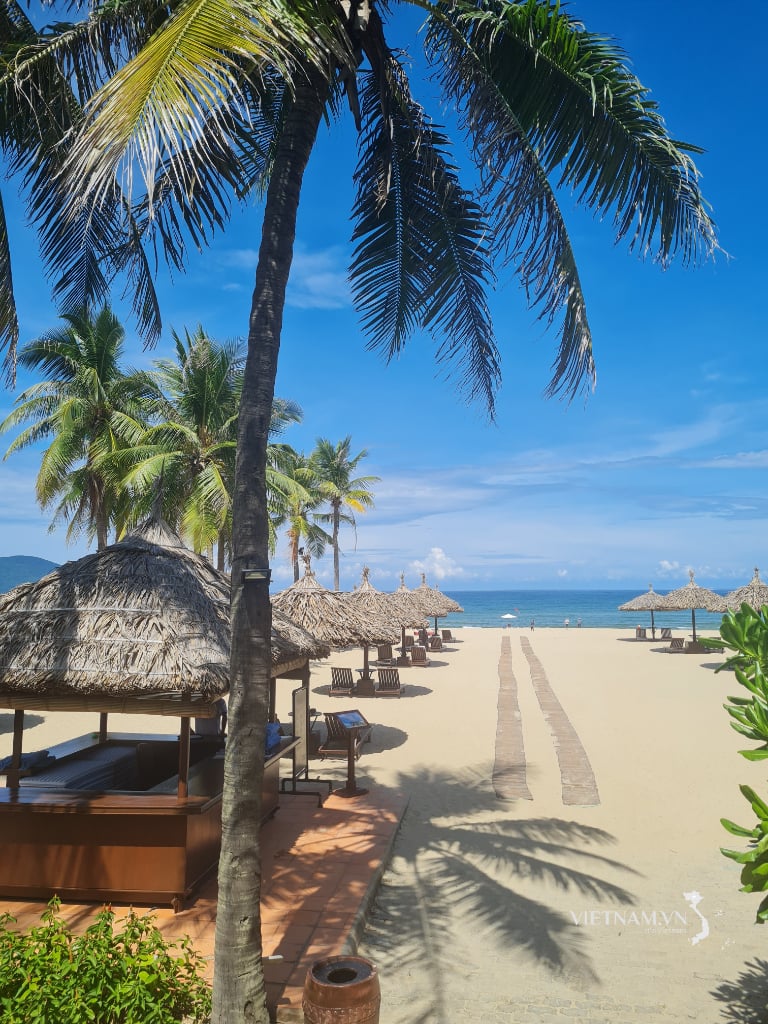
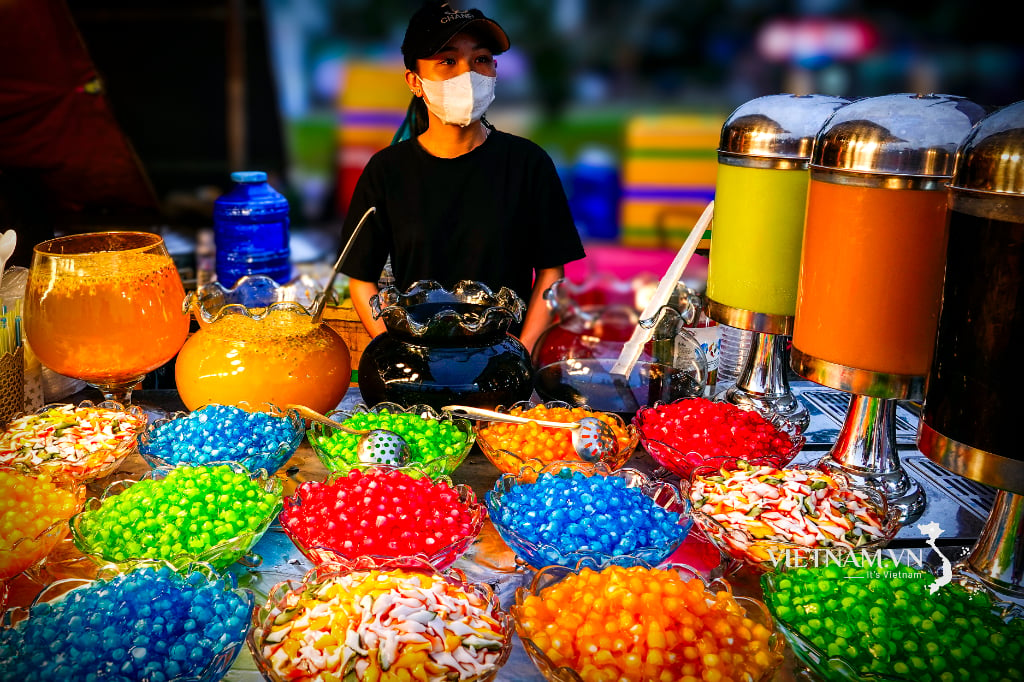
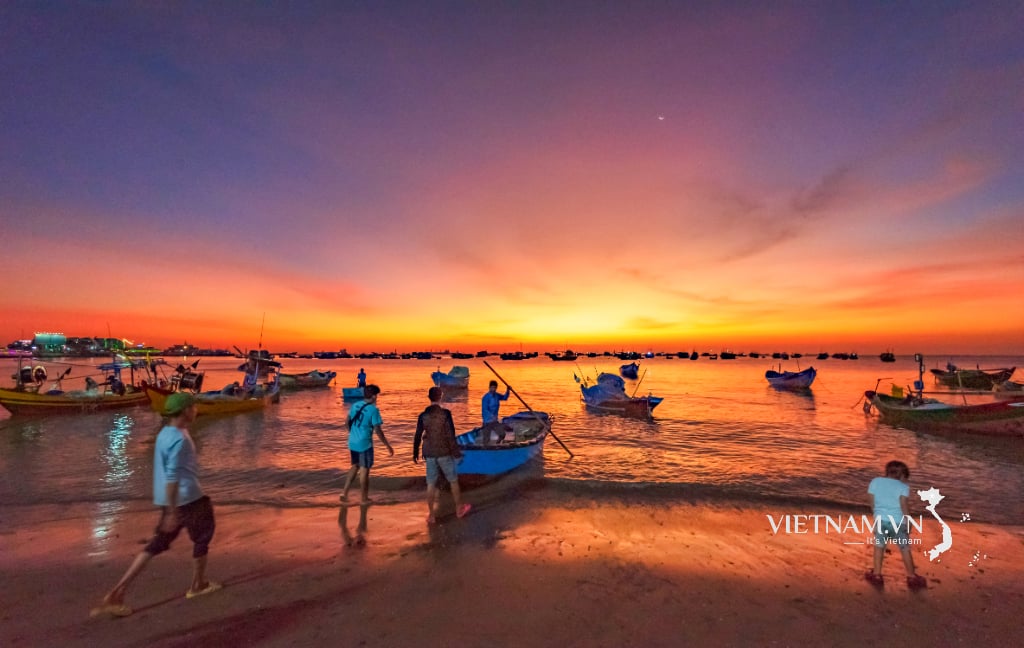
Comment (0)